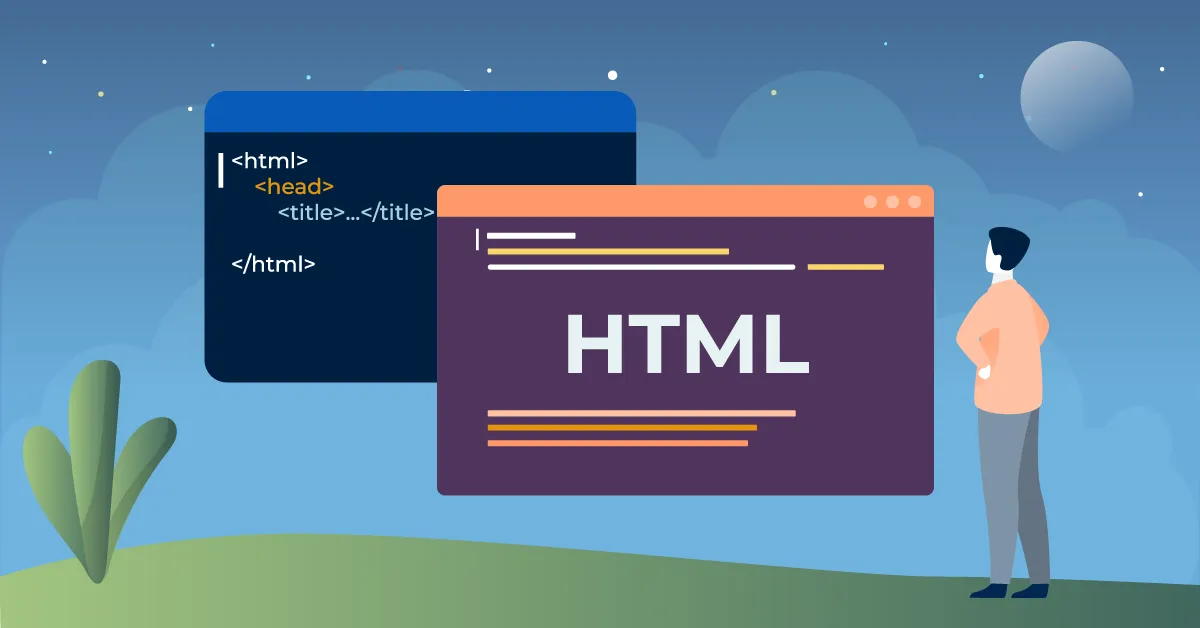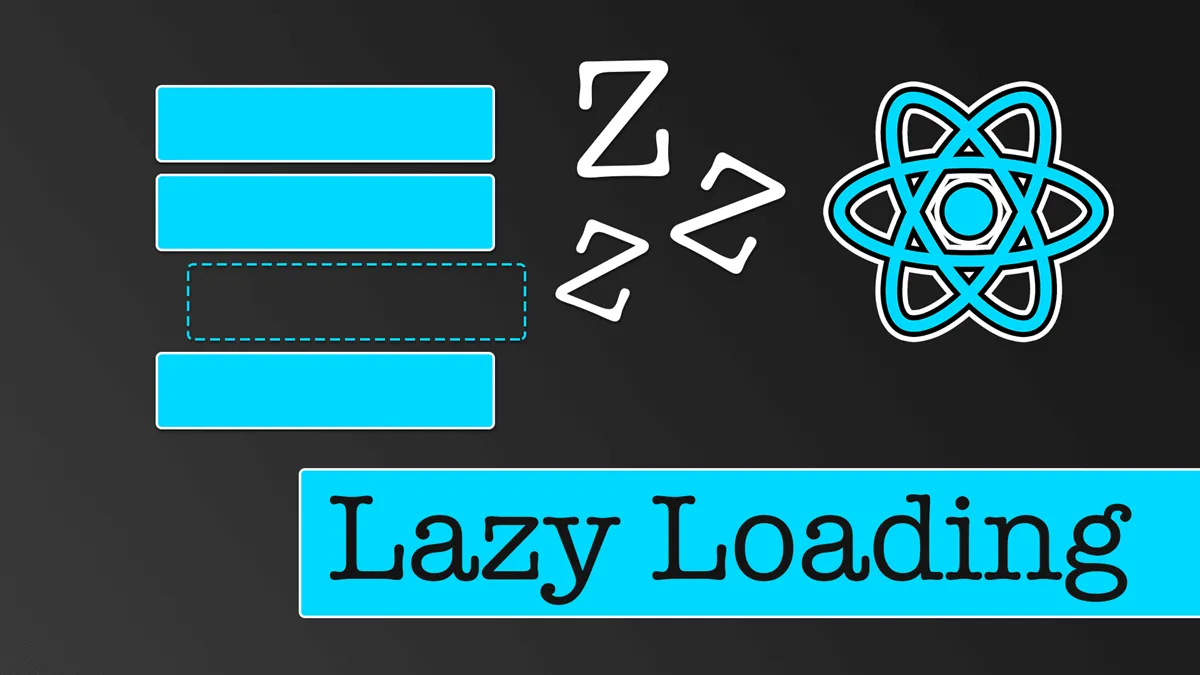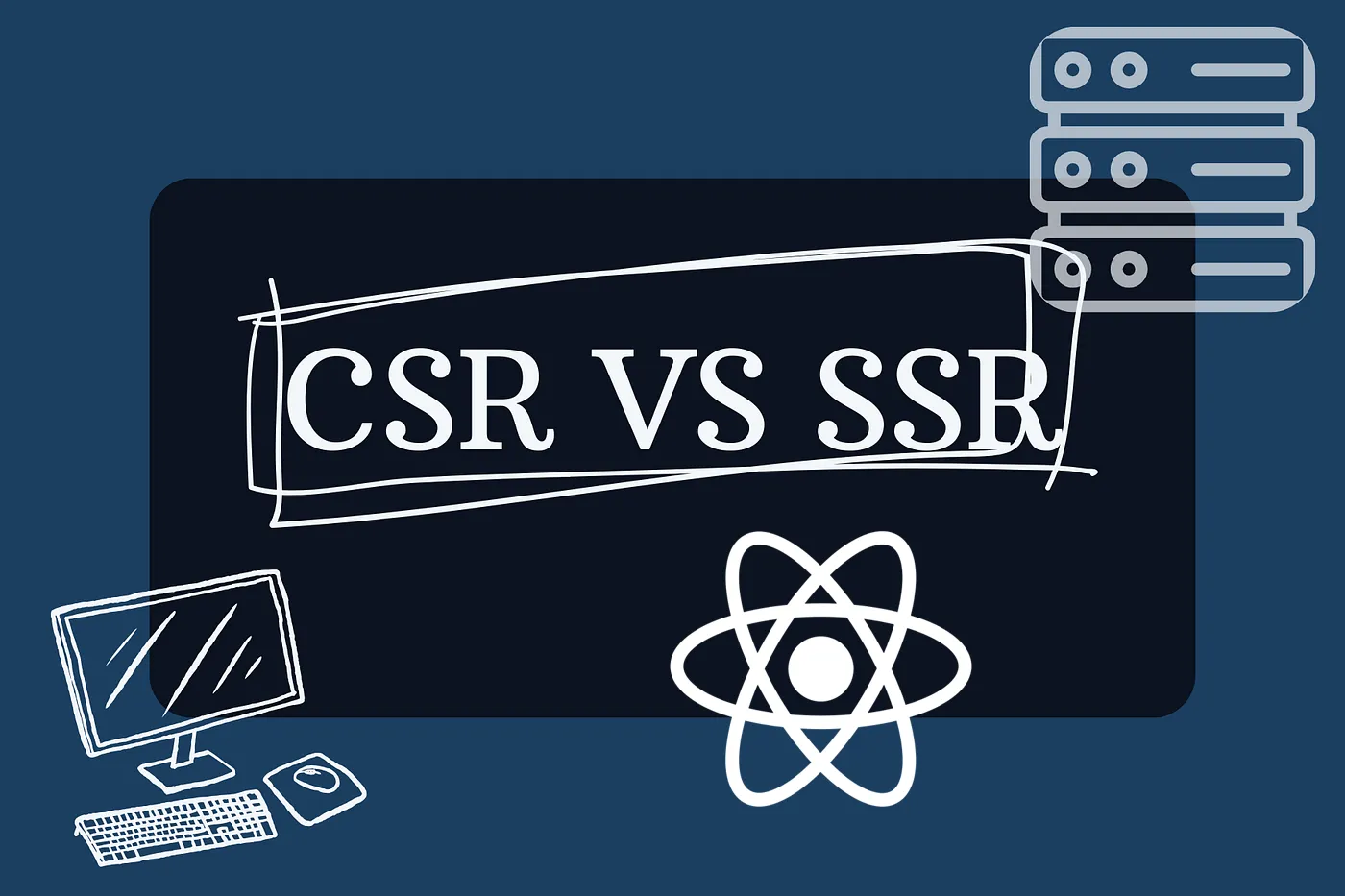Fellow web developers, you're definitely no strangers to CSS. It's like the interior design, wall paint, and decorations for our "house" - the website. But just like a house, if we keep buying things, throwing stuff around without cleaning up, sooner or later it will become messy, cramped, and hard to navigate.
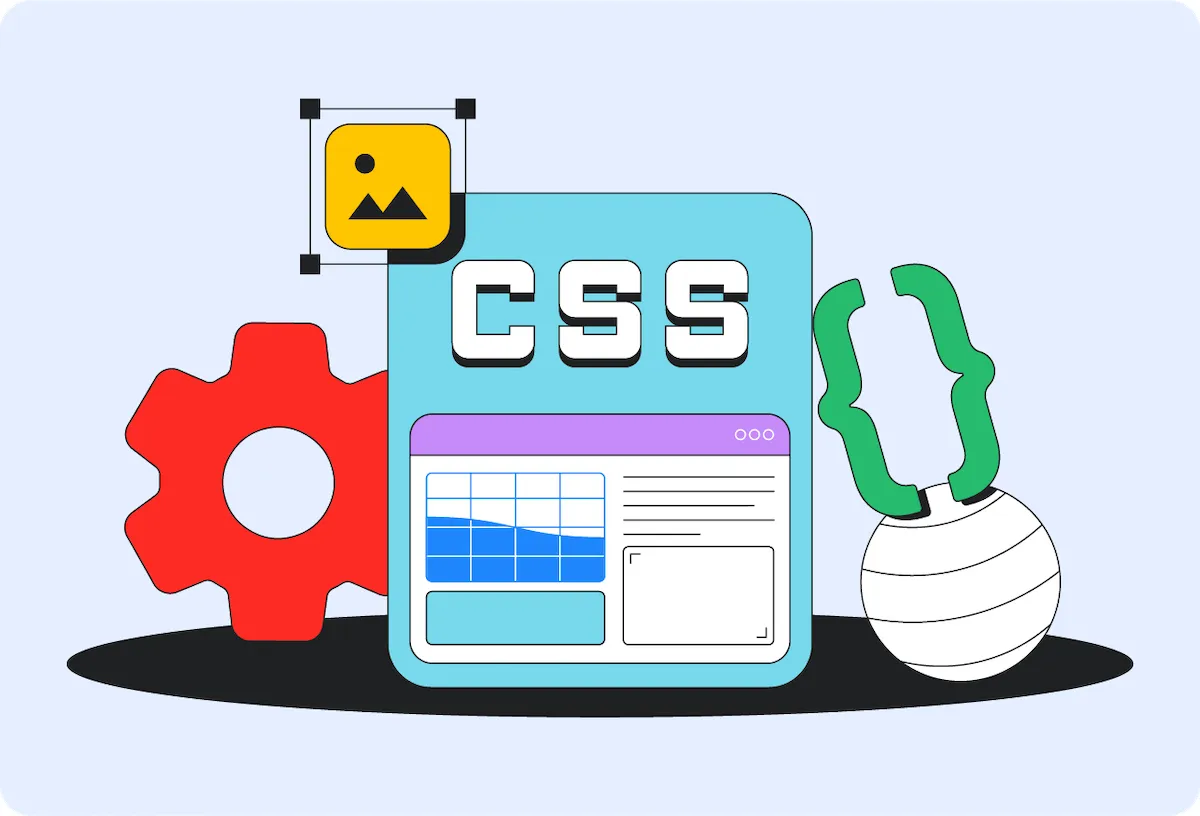
Websites are exactly the same. Rushed CSS writing, redundant code, and bloated files are exactly what makes your website sluggish, load as slow as a turtle, frustrate users, and get low ratings from Google.
This article isn't just theory. We'll roll up our sleeves together and explore from A-Z how to "clean up" CSS in the most effective and understandable way.
Why Do We Need to "Clean Up" CSS?
Before we start working, we need to understand why we're doing this. Optimizing CSS isn't just for "clean code" - it brings extremely practical benefits:
- Faster page loading speed: This is the most important reason. Smaller, more compact CSS files will be downloaded and processed faster by browsers. Every millisecond saved contributes to keeping users engaged.
- Improved user experience (UX): No one likes waiting for a website that takes forever to load. Fast speed helps users feel satisfied and professional.
- Better for SEO: Google absolutely loves fast-loading websites. Optimizing CSS is one of the most effective ways to improve PageSpeed Insights scores and indirectly help your website's ranking.
- Easier maintenance and upgrades: A well-organized, clean CSS file will help you (and your team) easily fix bugs and add new features later without getting "headaches" from old code.
CSS Optimization Techniques from Basic to Advanced
Okay, now let's get to the main work. Below are methods you can apply immediately.
1. Concatenate and Minify Files
This is the most basic and easiest step but has extremely high effectiveness.
- Concatenate files: Instead of having 5-7 different CSS files (e.g.,
header.css,footer.css,style.css...), each creating a separate HTTP request to the server, you should combine them all into a single file (e.g.,main.css). This significantly reduces the number of requests and noticeably increases loading speed. - Minify files: After concatenating, we'll compress the file. Compression here isn't Zip or Rar, but the automatic process of removing all unnecessary whitespace, line breaks, and comments in the code. The CSS file after minification will be much smaller but still work exactly the same.
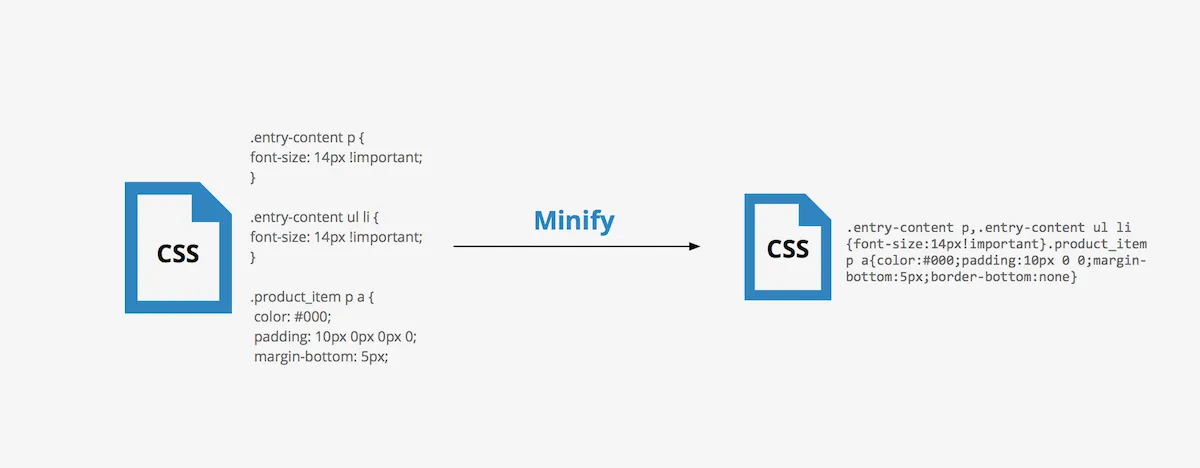
How to do it?
- Online Tools: Search for "CSS Minifier Online" - there are tons of free tools where you can paste your code and get back the minified result.
- Build Tools: If working on professional projects, use automation tools like Webpack, Gulp, or Vite. They will automatically concatenate and minify CSS every time you build your project.
2. Remove Unused CSS
Imagine your wardrobe has 100 outfits but you actually only wear 30. The remaining 70 just take up space. CSS is the same! Over time, frameworks (like Bootstrap), themes, or old unused code have left behind a large amount of redundant CSS.
Removing them is extremely important.
How to do it?
- Chrome DevTools: Open your website, press
F12->Ctrl + Shift + P-> type "Coverage" and selectShow Coverage. Then reload the page. This tool will show you what percentage of your CSS (and JS) code is not used on that page (the red parts). - PurgeCSS: This is a "magical" tool for this job. It will scan your HTML and JS files to see which classes you've used, then automatically remove all unused CSS classes from your CSS file. Combining PurgeCSS with build tools like Webpack or Vite is a perfect combo.
3. Load CSS Intelligently: Critical CSS
This is a more advanced technique but brings "magical" effectiveness for perceived user speed.
The idea is: Instead of making users wait to load the entire huge CSS file before displaying content, we'll separate the critically important CSS (Critical CSS).
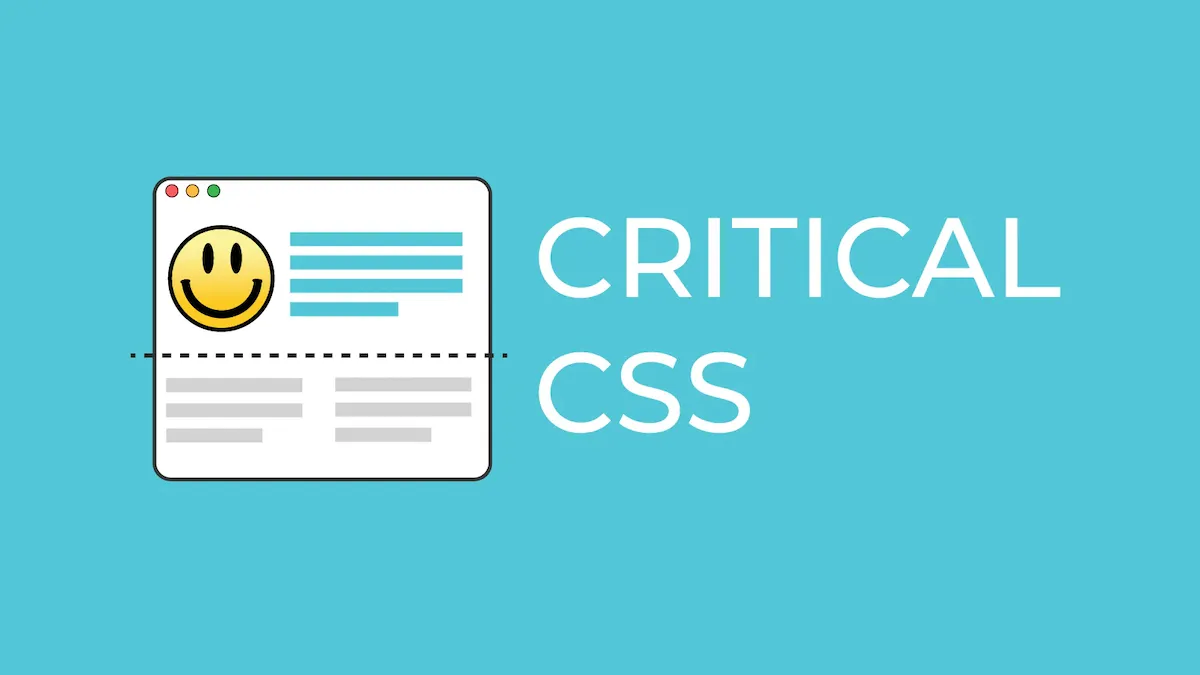
What is Critical CSS? It's all the CSS needed to display content in the first screen users see (called "above-the-fold"), such as header, menu, banner...
How it works:
- Extract Critical CSS: Use tools to automatically identify and extract this CSS portion.
- Embed directly in HTML: Paste this Critical CSS into a
<style>tag in the<head>section of your HTML file. - Load the remaining CSS asynchronously: The remaining huge CSS will be loaded later, not blocking the initial page rendering process.
<head>
<style>
/* Critical CSS to display the first screen */
.header {
background: blue;
}
.menu {
color: white;
}
/* ... */
</style>
<link
rel="preload"
href="styles.css"
as="style"
onload="this.onload=null;this.rel='stylesheet'"
/>
<noscript><link rel="stylesheet" href="styles.css" /></noscript>
</head>
This approach helps your website display almost instantly, providing an excellent user experience.
4. Use Modern CSS Properties
Writing efficient CSS is also a way to optimize.
Use Flexbox and Grid instead of complex float or position layouts from the old days. Code will be more concise, easier to understand, and perform better.
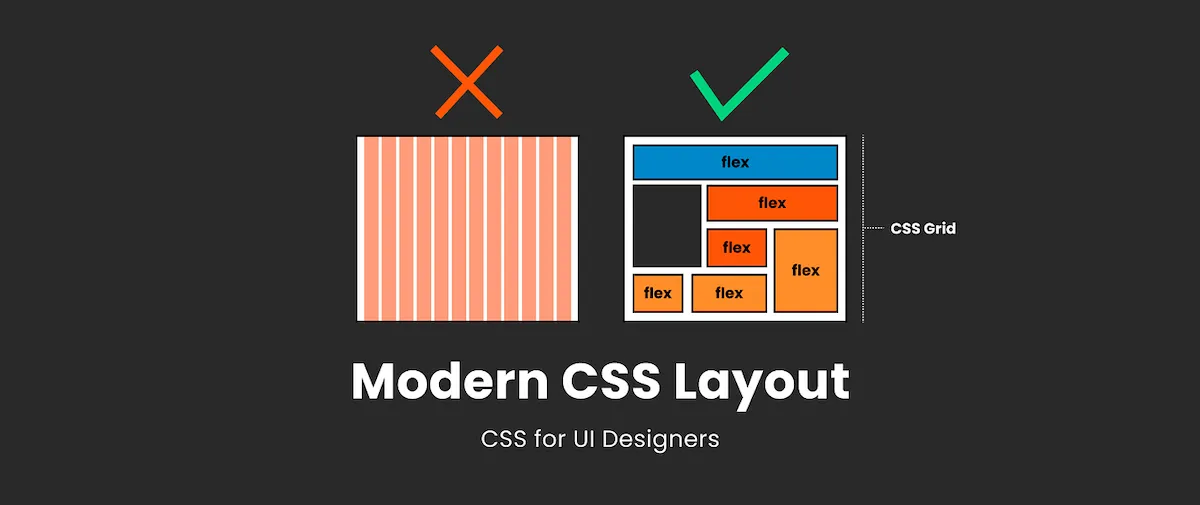
When creating animations, prioritize using transform and opacity. These two properties are processed by the GPU (graphics card) so they'll be much smoother than changing width, height, top, left...
Build Good CSS Writing Habits from the Start
"Prevention is better than cure," and optimization is just "cure." To avoid having to clean up laboriously, develop good coding habits from the beginning.
- Organize CSS methodically: Learn about methodologies like BEM (Block, Element, Modifier). It helps you name classes consistently, understandably, and avoid CSS conflicts. Example:
card__title--highlighted. - Use Pre-processors (SASS/SCSS): Tools like SASS/SCSS help you write CSS with cool features like variables, nesting, mixins... making code more structured and reusable.
- Say no to !important (except when absolutely necessary): Overusing
!importantwill create a war over specificity, making your code extremely difficult to debug and maintain later. - Check regularly: Use tools like Google PageSpeed Insights or Lighthouse (available in Chrome DevTools) to regularly "check the health" of your website and receive optimization suggestions.
CSS optimization isn't a one-time job. It's a process, a habit. Just like cleaning your house, the more regularly you do it, the cleaner, tidier, and more "breathable" your website "house" will be.
Start with the simplest things like concatenating and minifying files, then move on to more difficult techniques. Don't be afraid to experiment. The effectiveness it brings to website speed and user experience will definitely not disappoint you.
Good luck, everyone!
